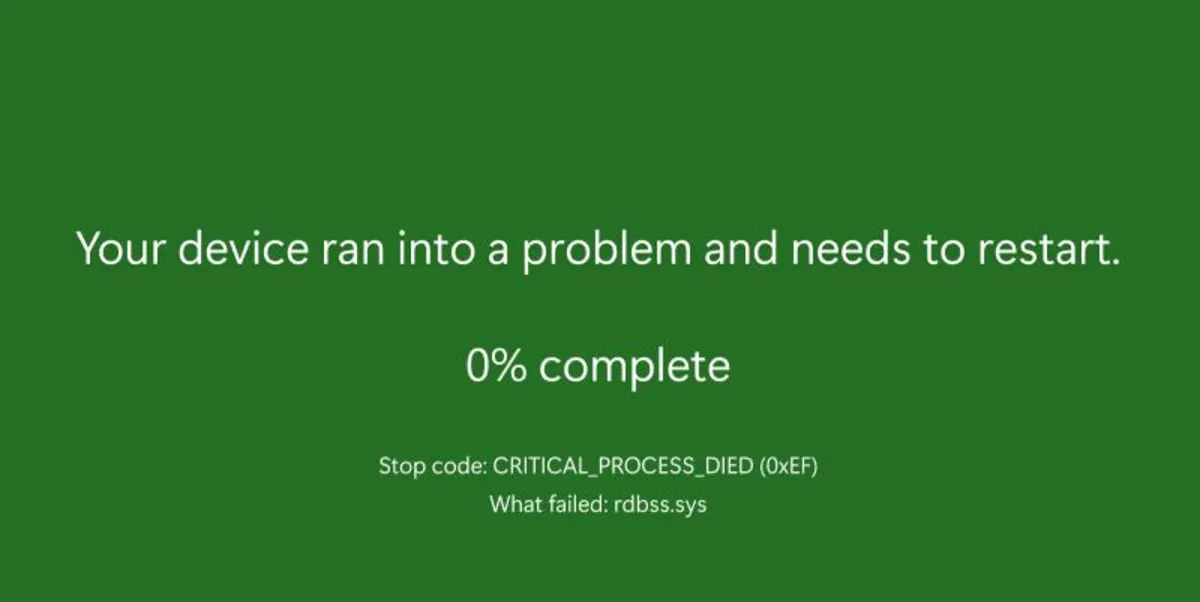
In a noteworthy update, Microsoft has announced that it is redesigning the infamous Blue Screen of Death (BSoD), which is presented to users when the Windows operating system encounters a critical error that necessitates a reboot. This revelation was shared in a blog post dated March 28, 2023, as part of the updates in the Windows 11 Insider Preview Build 26120.3653. The timing of the announcement is interesting, as it precedes April Fool's Day, raising speculation about the sincerity of the redesign.
According to Microsoft, the new BSoD will feature a more streamlined user interface that aligns better with the overall design principles of Windows 11. The objective is to minimize disruption and facilitate a quicker return to productivity after an unexpected restart. The company emphasized that while they are simplifying the user experience, they are retaining essential technical information that can aid in diagnosing the issue.
The proposed redesign marks a departure from the current BSoD, which includes a frowning emoticon and a QR code linking to error descriptions. The new interface will feature a stop code and specify which process failed, with these details displayed in a smaller font at the bottom of the screen. Interestingly, the redesign is currently being showcased in a green format on Windows Insider Preview builds, diverging from the traditional blue color associated with the BSoD.
Despite the announcement, there are still questions regarding how the new BSoD design will genuinely enhance user productivity or simplify the experience when Windows encounters a crash. Observers have noted that the new design bears a resemblance to the Windows Update screen, which is black, leading to speculation about a potential color change for the BSoD from blue to black in future releases.
In addition to the BSoD redesign, the Windows 11 Insider Preview also introduces some promising features. One of the most notable is Quick Machine Recovery (QMR), which aims to simplify the recovery process for users facing significant issues, similar to incidents involving CrowdStrike. Furthermore, users can now utilize the Win+C shortcut to invoke the Copilot AI, offering additional support for tasks. Another enhancement is the new speech recap window for the Narrator screen reader application, which lists the last 500 strings spoken by the tool.
While the redesign of the Blue Screen of Death is an intriguing development for Windows users, the effectiveness of these changes in improving user experience and productivity remains to be seen. As Microsoft continues to refine Windows 11, users will be keen to see how these updates manifest in their daily interactions with the operating system.